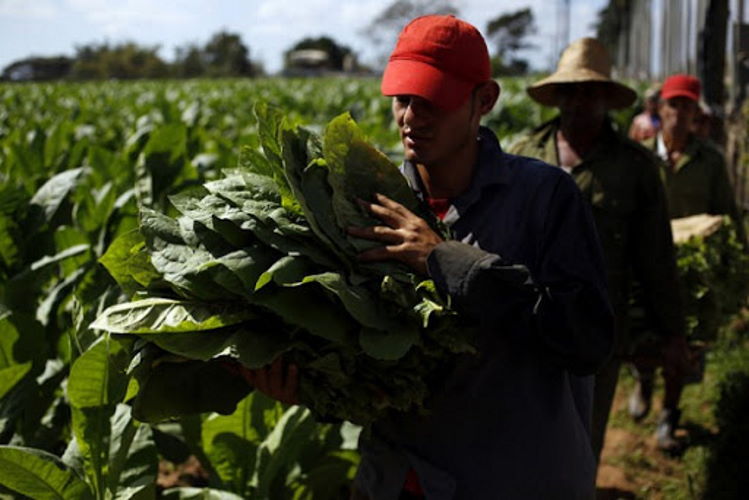Low-value deposit products or so-called digital wallets are growing more than savings accounts, as they are a alternative for people to make payments in an easier way.
(Nequi as a financing company: what changes and benefits will there be).
This is one of the conclusions recorded in the 2022 Financial Inclusion Demand Survey of the Superintendency of Finance and Banking of Opportunities and which was applied by the National Consulting Center between last April and May.
An important finding of the survey is that people value digital alternatives for the speed and ease they offer, says Freddy Castro, director of Banca de las Oportunidades.
Likewise, the manager says that the message to the financial system is that at a time when there is more digital education, it is necessary to think about generating a value offer according to those needs.
In addition, he commented that although cash is still king, “we are living in a more digital environment.”
(This is the number of ‘fintech’ that currently exists in Colombia).
In the survey it is noted that when asking people what means of payment they made their purchases with, 60% said it was with cash, but Castro warns that in the recent past the answers were higher than 80%.
Another challenge posed by the study, in Castro’s opinion, is that it is necessary to reinforce the financial culture in insurance because most people do not know what the characteristics of the risks are.
Regarding the deposit and payment alternatives, 47.9% indicated that they had a savings account and, in an equal proportion, a digital wallet. 37.0% use a debit card and 9.2% a current account.
“The data obtained allows us to see how the digitization processes were accelerated, as well as the changes in the relationship model of the financial system with its users. A scenario in which digital financial products have been appropriated in an important way among financial consumers”, explained Mariana Escobar, Head of Sustainable Finance of the Superfinanciera.
Preferred channels
According to the information collected, the most used financial channels in the country are ATMs (33.6%), followed by banking correspondents (33%) and digital media (Internet or mobile telephony [24,5%]). Only 9% of those surveyed reported that physical offices are the option they most frequently use to carry out their operations.
Respondents were asked about which was the alternative they used the most in the last month and the transactions made by transfer through the cell phone reached a preference of 41% by the respondents.
When asked about the preferred means of payment to manage daily expenses, 62.2% of those surveyed indicated that they did so with physical money, 18.1% with debit cards and 15.2% through electronic transactions.
In the Central East region, virtual channels are more widely accepted (51.3%), while banking correspondents are preferred by consumers in the coffee region (41.5%).
Secondly, Internet and ATM transactions are more used in urban areaswhile in rural areas the preference prevails in money order companies.
53.4% said they have the habit of saving. Within this group, 77.6% said they did so in order to have financial support to deal with emergencies and unforeseen events, that is, as an insurance mechanism.
The three main means most used to save are virtual wallets with 10.4%, banks, cooperatives or employee funds with 11.4% and the traditional piggy bank or other means in their home with 22.4%.
27% of those interviewed indicated that they had a current credit. In the Center East and Center South, financing mechanisms are used and the Caribbean region presented the lowest levels.
At the national level, it was observed that, within the formal sources of credit, the main ones are banks (66.9%) and cooperatives (14.3%). Regarding the most used informal credit sources are family and friends with 7.6%.
The indicator of approval of credits requested before authorized entities was around 94% for all credit modalities at the national level.
For 68.3% of those who said they did not have a formal credit or have made an application in the last year, the main reasons were: not wanting to have debts (66.9%), believing that it is an expensive option (32.6%), having low income (26.8%) and not having guarantees (13.2%).
In the field of voluntary insurance, funeral and life insurance were the most used among those surveyed with 14.4% and 12.9%, respectively.
Men indicated insurance to a greater extent than women, both mandatory (27.3% vs. 10.0%) and voluntary (34.0% vs. 26.1%).
BRIEFCASE








